S.P.E.C.I.E.S.
Dopamine
outdoor performance
ANKEN Air Rooftop, Shanghai, 2020
photo credit: Vasily Betin
[
[community-based project]
The project emerged from the discord between two prevailing explanations for today’s ecological and societal crises: one attributing blame to human nature, and the other pointing to humanity’s disconnection from nature per se. This discord raises profound questions: are we doomed to jeopardize our own existence, or is our ecological indifference the outcome of short-term cultural choices that prove devastating in the long run?
Inspired by this intangible dissonance, S.P.E.C.I.E.S. unfolded as a series of experiments and inquiries spanning between April 2019 to December 2021. Initially centered on audience-engaged performances, the project gradually shifted its focus to experimentation within a creative process involving the community under varied terms and incentives.
As the project evolved, it crystallized into three distinct parts: Dopamine, Oxytocin, and Language. The titles of the first two emphasize the contemporary fascination with neurobiology as an ontological framework. However, the inquiry extended beyond mere neurotransmitters to delve into the social and corporeal experiences entwined with their neuropsychological mechanisms.
The last part delved into the process of language acquisition and its significance in societal dynamics. It probed the shift from the immersive, flexible, and multisensory oral communication to the structured, primarily visual realm of written text, exploring how it could foster feelings of alienation and detachment, potentially contributing to a conceptual and practical rift between mind and body. This raised the question: does the overemphasis on written language in contemporary education exacerbate this schism within human beings and between humanity and the natural world?
The integration of Maurice Ravel’s Boléro added another dimension to the project, weaving the various performance elements into a cohesive 45-minute-long piece. Ravel’s composition, with its complex rhythm and gradual crescendo akin to digital music, served as both the inspiration and a reflection of modern culture’s tension between the boundless creativity of the human mind and the delicate balance of its nature. British musician David Hampson contributed three unique soundtracks, providing fresh interpretations of Ravel’s composition for each segment of the performance.
At another level, the project aimed to redefine the relationship between dance practice and its social and physical surroundings. However, it encountered challenges from entrenched industry expectations and the cultural and political constraints of urban Shanghai. Since its transition to a community-based initiative in 2020, the necessity for outdoor practice became apparent. Practical sessions and performances were held in local parks, suburban areas, and outdoor urban spaces. Yet, as the project progressed, the outdoor setting created an implicit resistance, a dynamic that was not thoroughly explored or reflected upon. Unfortunately, the project was interrupted by COVID lockdowns in Shanghai during 2022 and has yet to resume.
Collaborators
David Hampson (sound), Lelia TahaBurt (text of the letter for ‘Dopamine’, performer), Vasily Betin (light designer, performer), Maria Gudenko (performer), Francisco Hauss (performer), Zhanna Khromych (performer), Laura (performer), Li Jiayi (performer), Liu Xiao (performer), Matthias (performer), Linnea McCully (performer), Anastasia Potievskaya (performer), Kanita Wang (performer), Wang Yueming (performer), Wu Jialu (performer), Yuan Yang (performer).
Part 1. Dopamine
Dopamine is named after one of the neurotransmitters, which plays an important role in reward-motivated behavior. Essential for learning, dopamine fuels neuropsychological mechanisms that drive novelty-seeking, risk-taking, sociability, and achievement. Yet, its power to deceive is immense, often leading us to neglect our own bodies, relationships, and environments.
The narrative of the performance revolves around the story of George Mallory (1886-1924), an English mountaineer who participated in three Everest expeditions in the 1920s. Tragically, he perished during his third attempt, leaving behind his wife Ruth and their three children unaware of his fate. The performance opens amidst a blizzard, portraying the mountaineers’ struggle against both nature and themselves. As the scene unfolds, Lelia TahaBurt’s gentle voice recites her interpretation of the final letter Ruth might have written to her ambitious spouse. Her words resonate not only with the anguish of an abandoned loved one but also with an impassioned plea to humanity from the natural world itself.
As the performance progresses, TahaBurt’s voice takes on an increasingly digital tone, foreshadowing the inevitable outcome of the mountaineers’ battle with the blizzard. In their final moments, amidst swirling snow and biting winds, the mountaineers reminisce about the inception of their perilous journey, dreaming of a brighter conclusion.
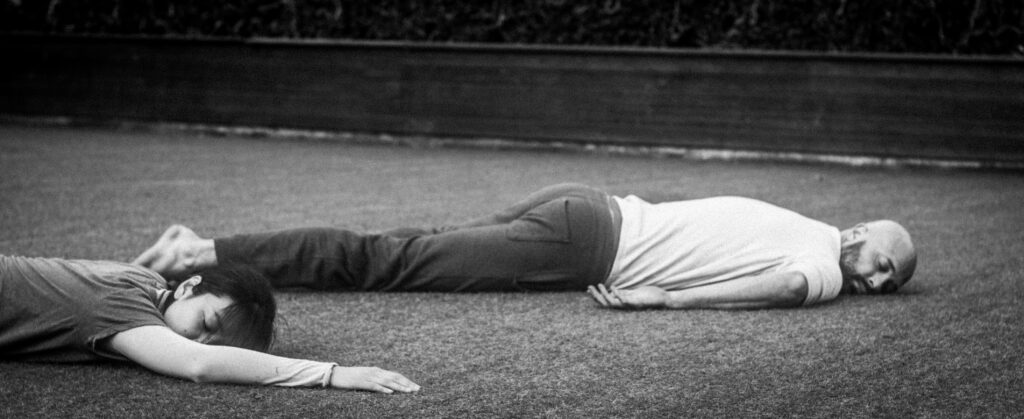
photo credit: Vasily Betin
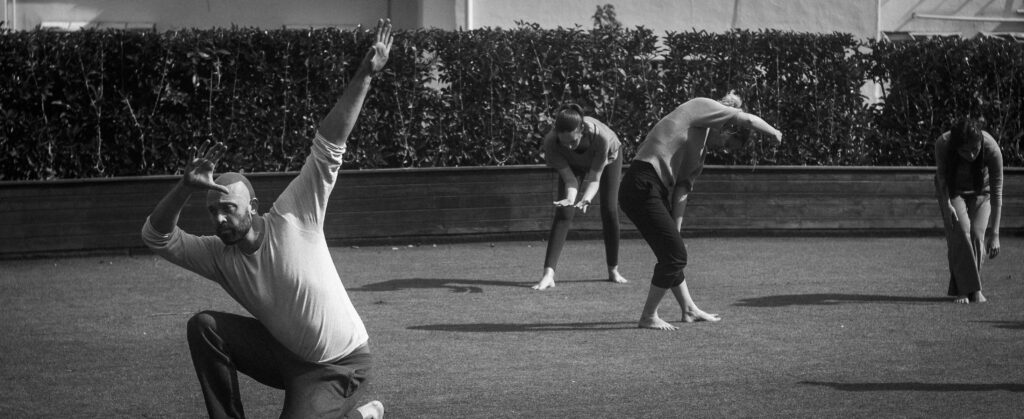
photo credit: Vasily Betin
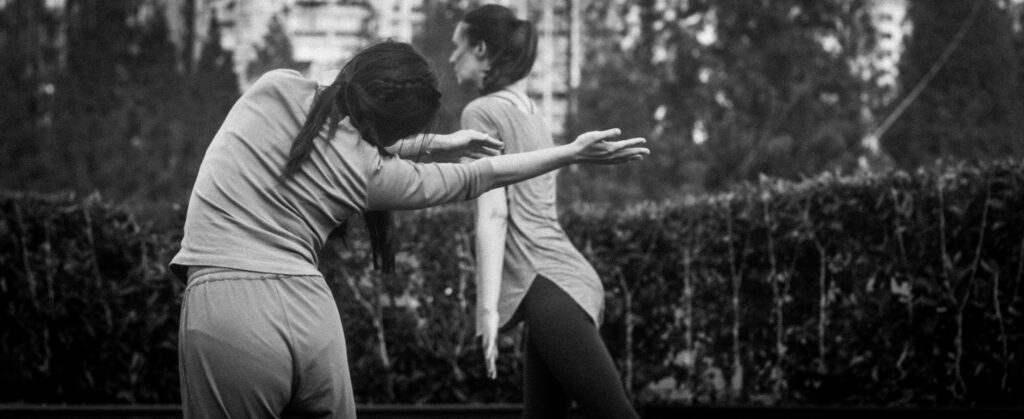
photo credit: Vasily Betin
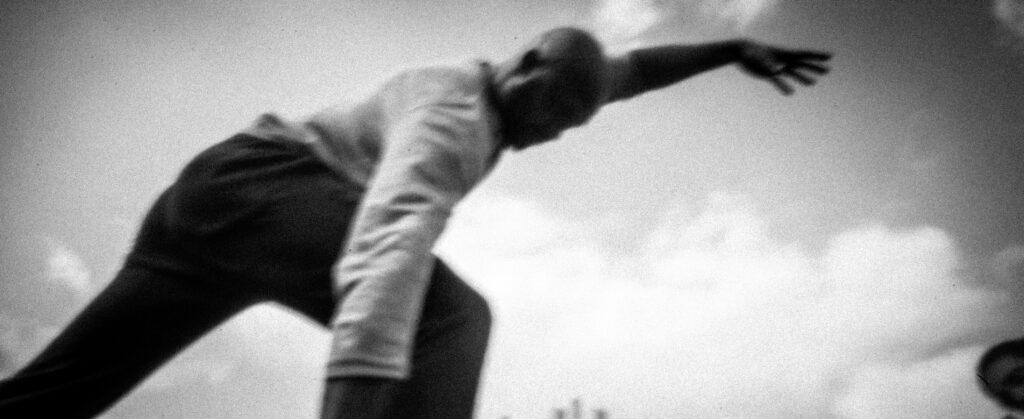
photo credit: Vasily Betin
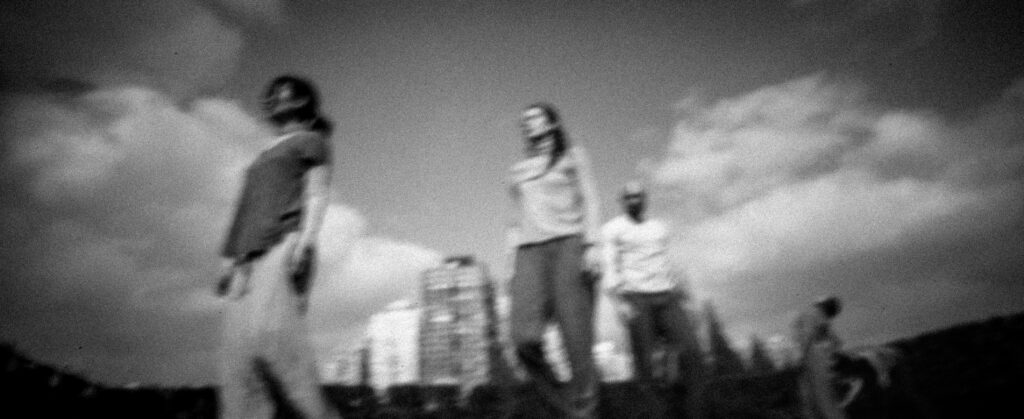
photo credit: Vasily Betin
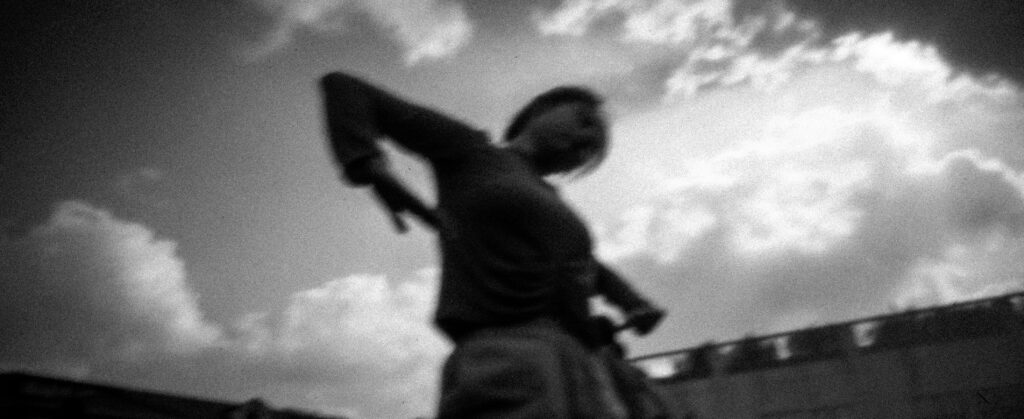
photo credit: Vasily Betin
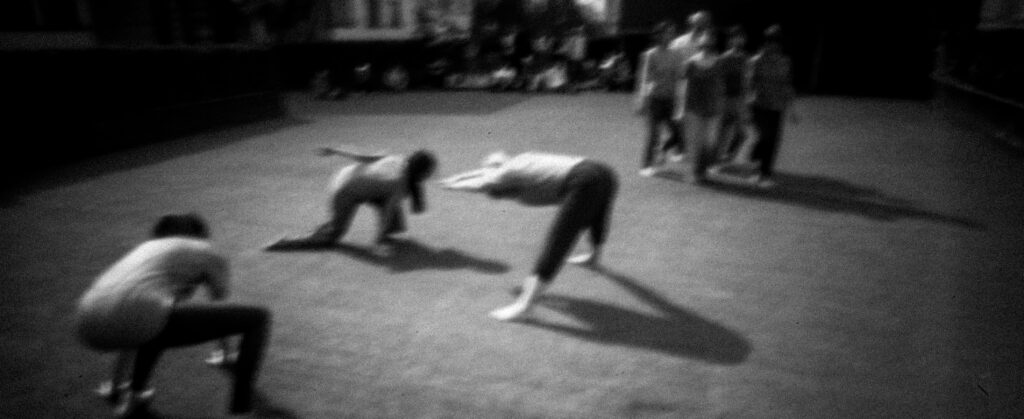
photo credit: Vasily Betin
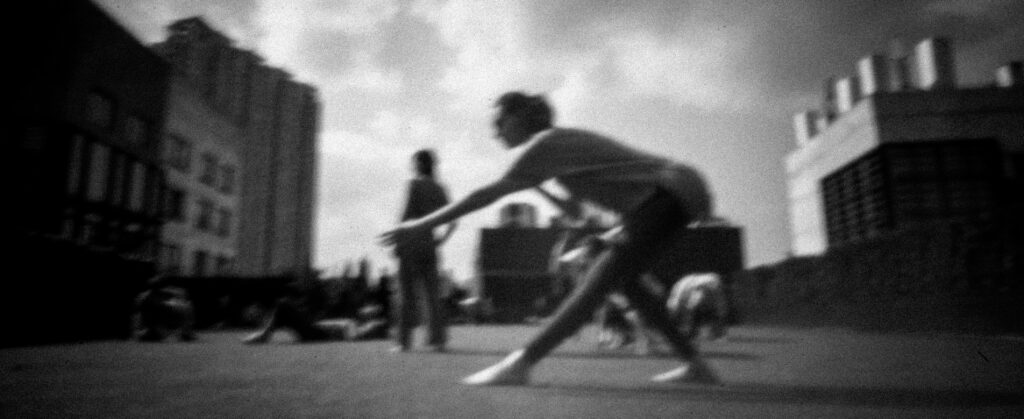
photo credit: Vasily Betin
Part 2. Oxytocin
Oxytocin explores the intricate interplay of endogenous mechanisms of social bonding, which serve as both the Achilles’ heel and the salvation of modern society. Among various neuropeptides, oxytocin plays a pivotal role in reproduction, parental behavior, and social relationships. It fosters empathy and enhances our understanding of others’ minds, thereby bolstering the motivation and efficacy of social interactions. However, these same mechanisms are also implicated in heartbreak, jealousy, and profound grief for lost loved ones. While these minuscule molecules may occasionally cloud our perception of reality, their potency enables the human mind to transcend its limitations.
This performance emerged from an experimental audience-engaged piece developed during my artistic residency at Lijiang Studio (China) in August 2019. Immersed in the daily life of an indigenous Naxi family, I was reminded of my own childhood, where familial bonds were central and nurtured by the rhythmic, repetitive tasks performed by women. Inspired by the cyclical nature of family life and the wheel-like rhythm of household duties, the choreography of Oxytocin underscores the synchronicity of hand gestures and movements. This exploration led me to ponder how my childhood experiences are echoed in my journey through motherhood, evoking memories of my great-grandmother’s arthritic hands whenever I smell my son’s hair.
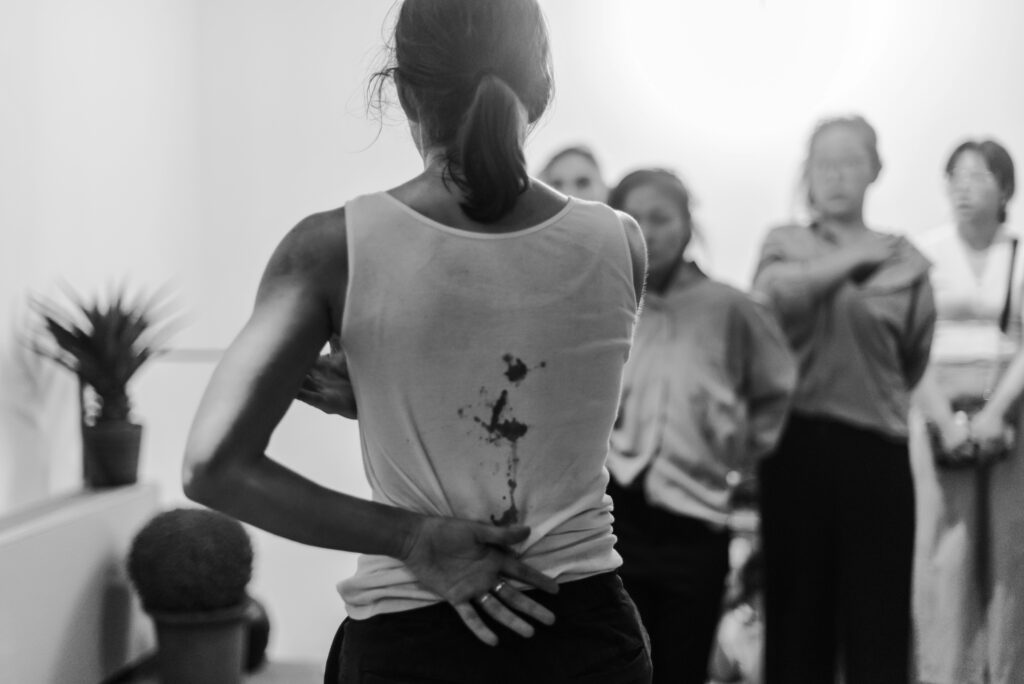
photo credit: Alina Kochetova
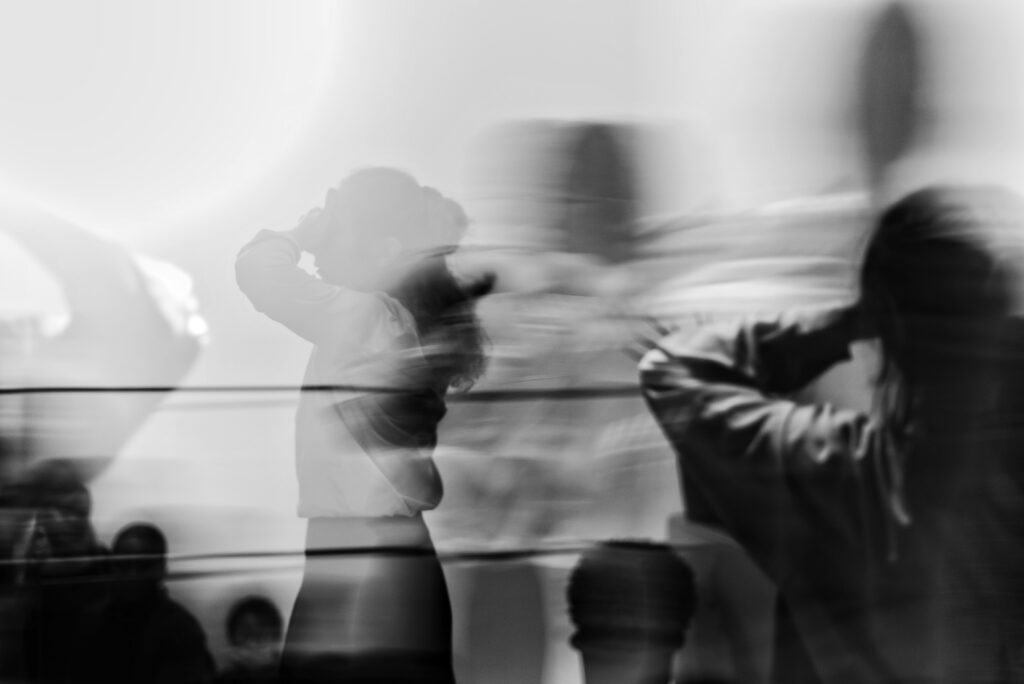
photo credit: Alina Kochetova
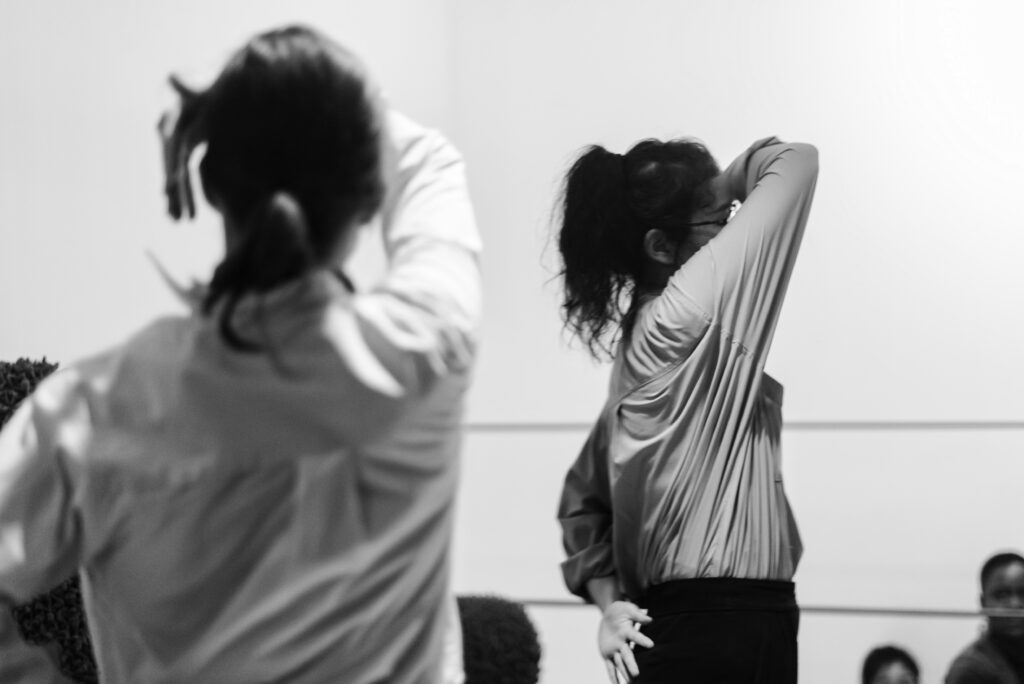
photo credit: Alina Kochetova
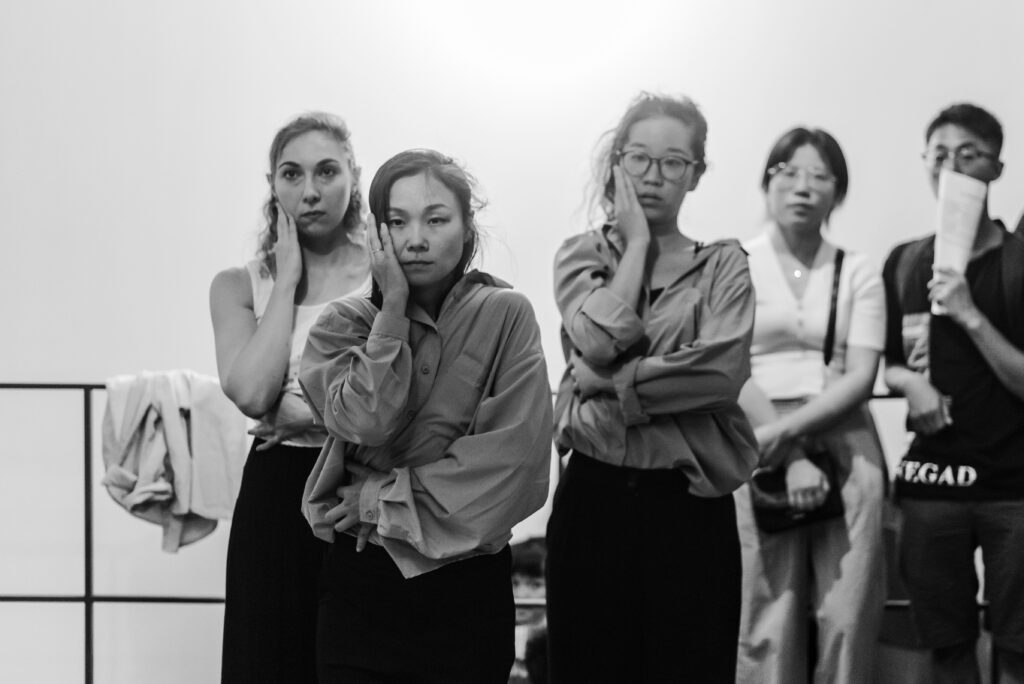
photo credit: Alina Kochetova
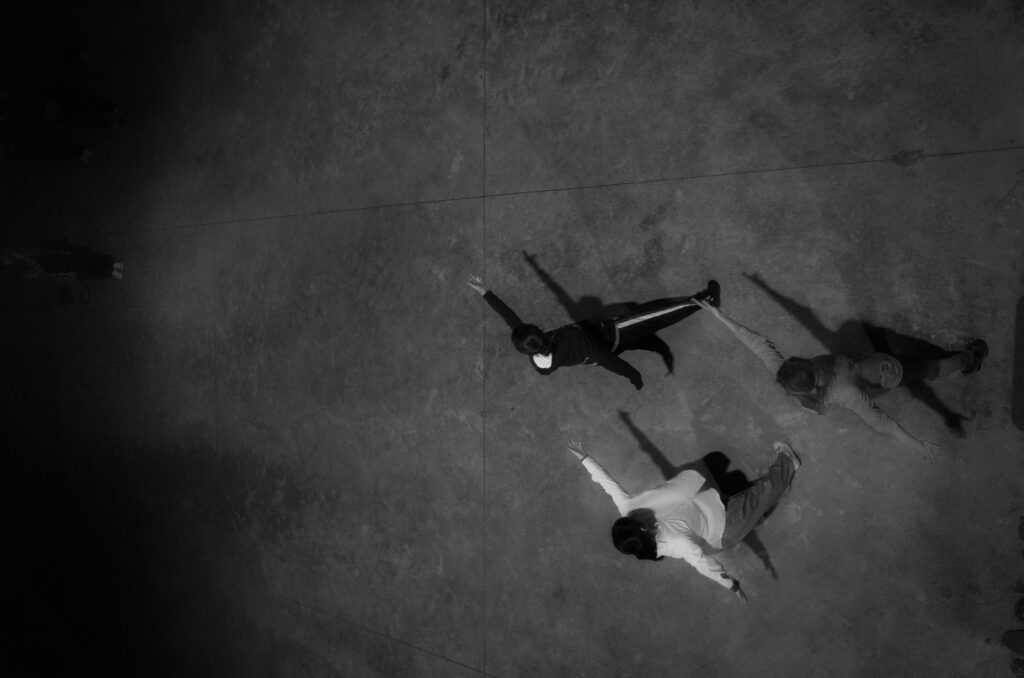
photo credit: Vasily Betin
Part 3. Language
Language questions whether unwritable or unspeakable knowledge can become marginalized or lost in predominantly oral cultures. Over time, words lose their original emotional charge and become conventional particles, facilitating communication but disconnecting from their experiential roots. This process of generalization fractures the connection to embodied experience, paving the way for the creation of a new universe divorced from physicality. The magnifying complexity of this universe becomes powerful enough to question the very necessity of reality per se.
In contrast to other parts of the project, Language emerged as a communal creation. It was conceptualized during an intensive three-day laboratory on Chongming Island, located in the suburbs of Shanghai. Removed from the precise schedules of urban life, we shared meals and synchronized our activities without persistent reliance on clocks. Surprisingly, the experience revealed that presence together transcends the need for verbal articulation. In the choreography, this revelation was further explored. Using keywords as a means to connect and synchronize, the performance highlighted the inherent delay and dissonance that arises when verbal communication takes precedence over kinesthetic connection.
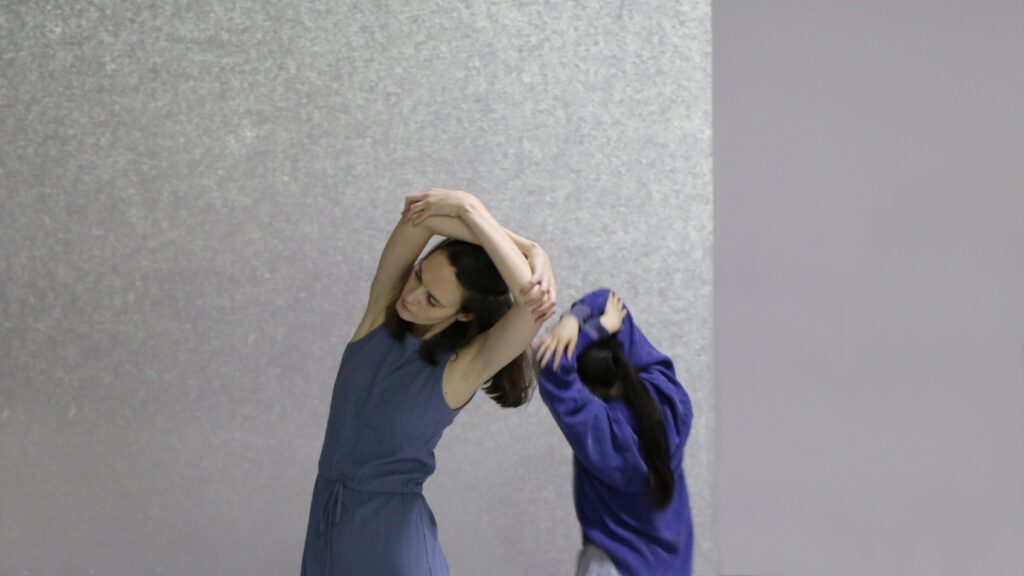
photo credit: How Art Museum
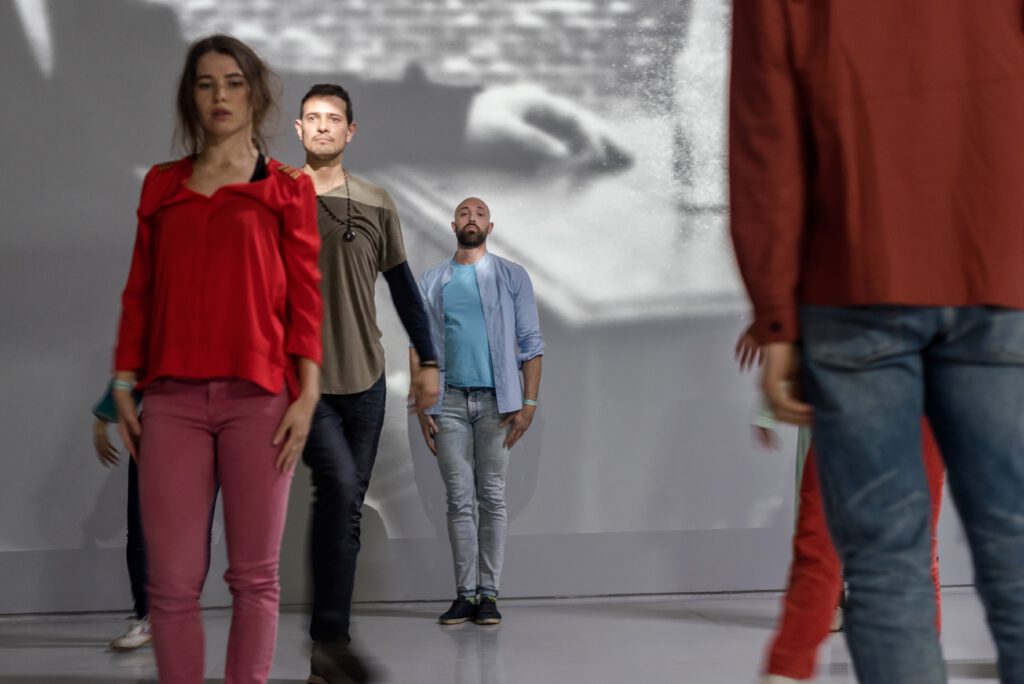
photo credit: Alina Kochetova
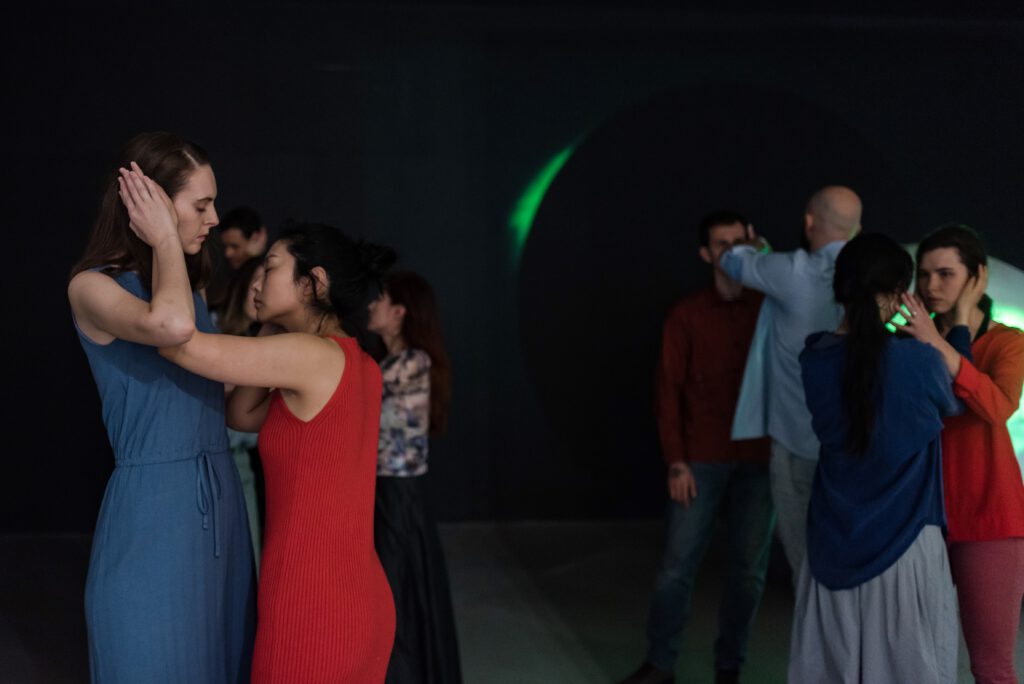
photo credit: Alina Kochetova
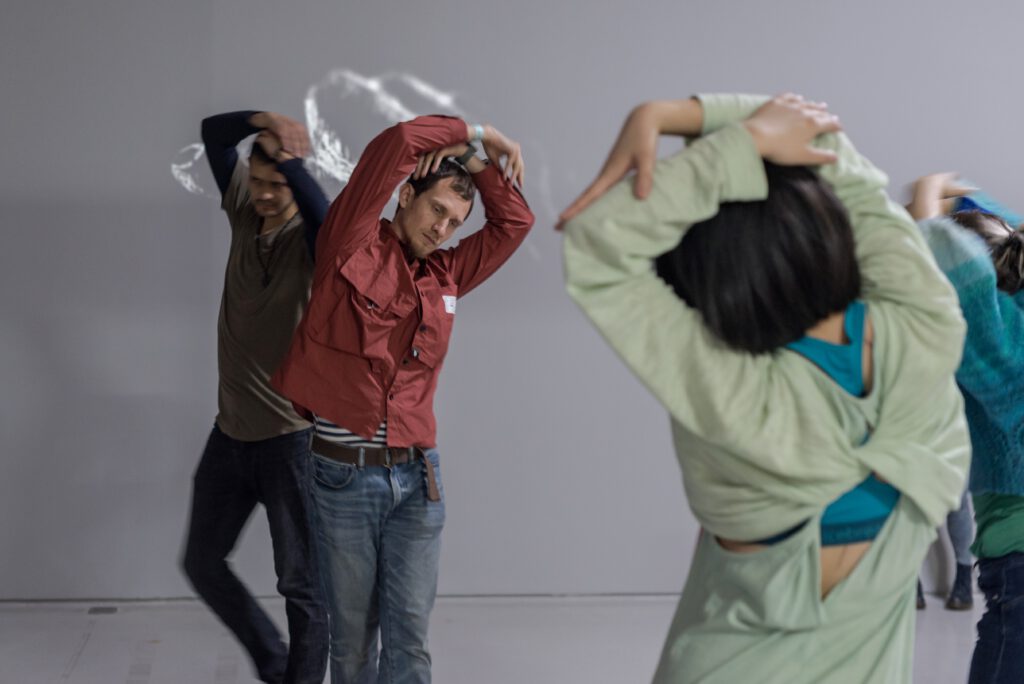
photo credit: Alina Kochetova
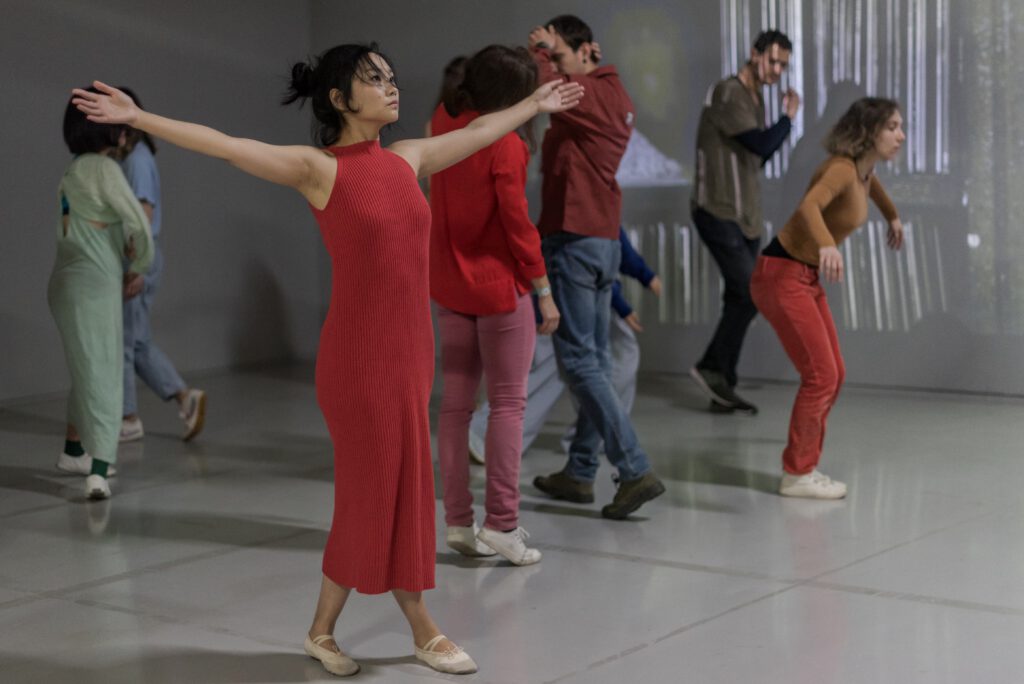
photo credit: Alina Kochetova